Harley-Davidson Shovelhead (1966-1983)
Article by Mark Trotta
When introduced in 1966, the Shovelhead engine was basically a Panhead with a new top end. Over the course of the next 17 years, dozens of improvements, both large and small, would be seen over the original design.
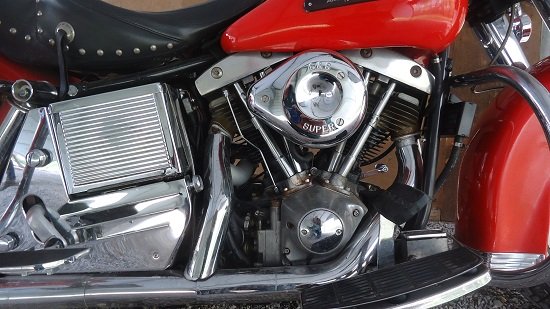
The Shovelhead's cylinder heads were aluminum versions of the Ironhead Sportster heads, and gave a 10% increase in power over the Panhead.
Whereas the Panhead engine had valve covers, Shovelhead cylinder heads were covered by rocker boxes, which resembled upside-down coal-shovels. The nickname "Shovelhead" was adopted shortly after it was introduced.
_________________________________________________
_________________________________________________
Displacement
Engine Displacement was 74 cubic-inches (1208cc advertised as 1200cc), the same size as the Panhead engine it replaced. This would be increased to 80ci (1340cc) in 1978.
The 4-speed transmission, also a carryover, was a separate unit. Both primary drive and final drive were chain.
First-Year Shovelhead FL Models
- FLFB Electra Glide (foot-shift)
- FLB Electra Glide (hand-shift)
- FLHFB Electra Glide Super Sport (foot-shift)
- FLHB Electra Glide Super Sport (hand-shift)
The classic "batwing" front fairing was first seen on FL models in 1969.
1966-1969 Shovelhead
For the first three production years, the Shovel ran a generator and kept the old kidney-shaped timing cover from the 1958-1965 Panhead.
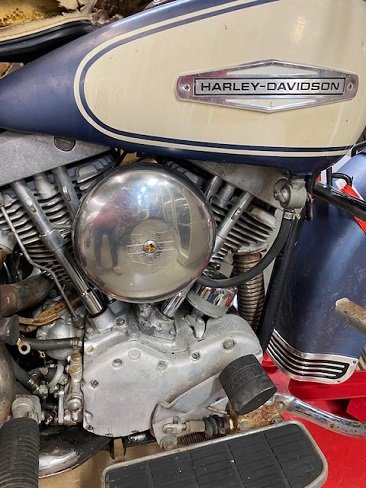
Early Shovelhead bikes (1966 to 1969) are sometimes referred to as a generator Shovel, slab-side, flat-side Shovel, or Pan-Shovel.
Shovelhead Charging Problems
Generators and voltage regulators are always suspect on early Shovelheads. The charging systems are hard to understand and even harder to keep charging.
Read: Harley Generator - Repair or Replace?
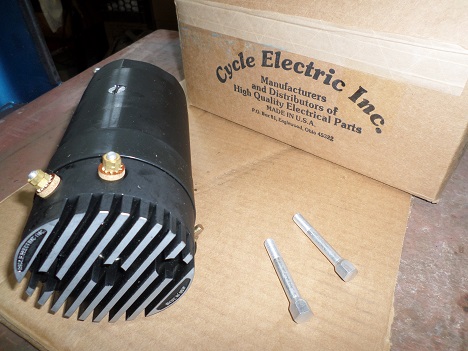
Redesigned Engine Cases
Starting in 1970, Shovelheads were equipped with alternators, with a new bottom end that featured a gear-drive unit. The old external "timer" ignition was replaced by mechanical breaker points (and advance) in the gear case.
Shovelhead Cone Motor
As the alternator and ignition were now located in the timing case, the engine case cover became cone-shaped. The inner and outer primary covers were redesigned for the alternator, which was mounted in the primary case. The cone-style lower end saw use up until the Evolution motors.
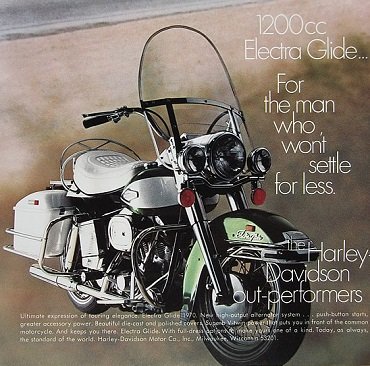
A redesigned oil tank now featured a pull-out dipstick. Exhaust header pipes were chrome plated, and the chrome-plated flex-covers were discontinued.
Although the Harley Electra Glide is associated with saddlebags, they were not standard equipment until the seventies.
_________________________________________________
_________________________________________________
Hand Shift vs Foot Shift
Traditionally, Big-Twin Harleys were fitted with a foot clutch/hand shift. Slowly and gradually, most riders adapted to the "new" hand clutch/foot shift.
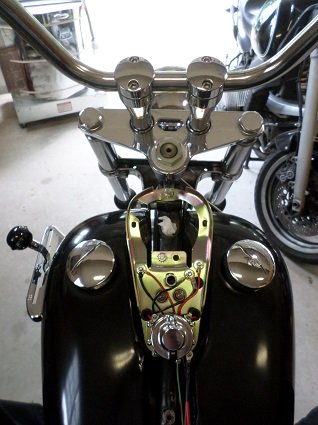
The foot clutch/hand shift was available until at least 1972, presumably by consumer demand.
Super-Glide and FX Series
Designed by Willie G. Davidson, the 1971 Harley Super-Glide combined the lighter, thinner front-end of a Sportster with a Big-Twin frame and motor. At 560 pounds, it was 150 pounds lighter than an Electra Glide, and 60 pounds heavier than a Sportster.
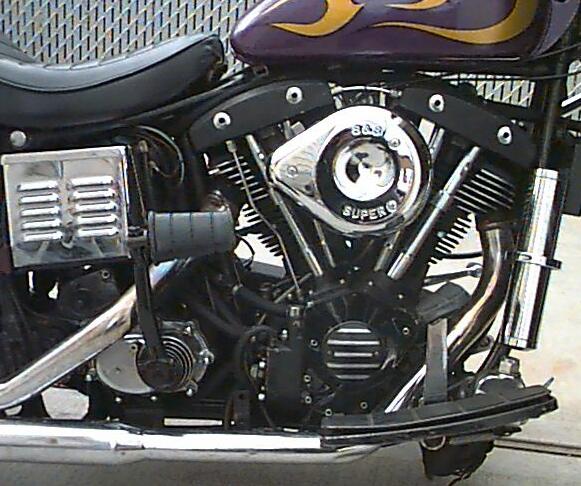
Read: Harley-Davidson FX Model History
======================
Shovelhead Carburetors
First-year Shovelhead models were fitted with a Linkert carburetor. A switch to Tillotson was seen in 1967.
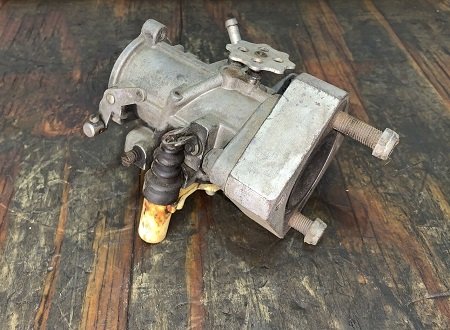
The Tillotson carb was complex and had many parts, such as it's hydraulically operated automatic "economizer" circuit. Lack of knowledge and poor parts availability made them unpopular, and was not appreciated in its day. When set up correctly, the Tillotson is an excellent carburetor.
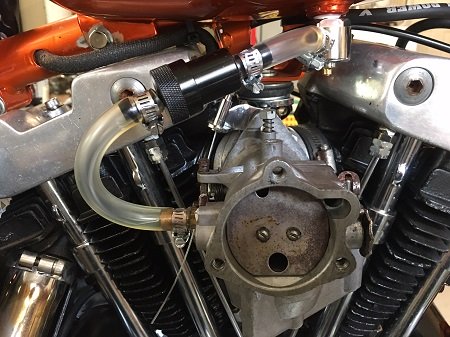
From 1971 through 1975, Harley Big-Twins left the factory with a Bendix carburetor.
Another carburetor change was seen in 1974, when FL Touring models switched from Bendix to Keihin. All FX models continued using the Bendix carb.
Read: Best Carb For Shovelhead
======================
Harley Shovelhead gas-tank emblems were the same from 1966 through 1976.
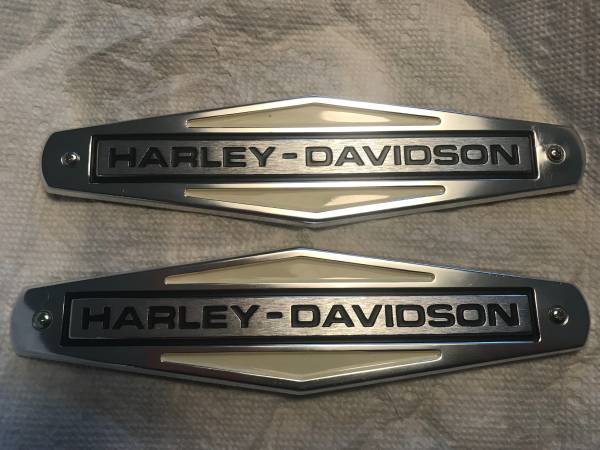
In the mid-seventies, Shovelheads were updated with an "end oiling" flywheel, where the oil was continuously fed into the lower end from the oil pump. Earlier engines were "side oiling", where the flywheels got a shot of oil once each revolution. Either method worked but continuous flow was more efficient.
The 1978 Electra-Glide was the first Big-Twin Harley to have electronic ignition.
Read: Convert Harley To Points Ignition
======================
80ci Shovelhead Motor
During production of the 1978 model year, a larger engine was offered on the FL touring bikes. Based on the 74ci engine, displacement was increased to 1340cc (80 cubic-inches). This was achieved by boring the cylinders to 3.50" and increasing the stroke to 4.25".
The larger engine was offered on the FX series beginning in 1979.
Difference Between 74ci and 80ci Shovelhead
The two displacement Big-Twins can be identified by the number of fins on each cylinder. The 74 motor has 10 fins, whereas the 80, due to a thicker base, has only nine.
Leaded vs Unleaded Gas
The 74ci Shovelhead motor was designed to run on premium leaded fuel, and the 80ci motor was designed to run on premium unleaded. Both 74" and 80" Big-Twins had the same outside cylinder dimensions, but the 80" was bored out slightly larger.
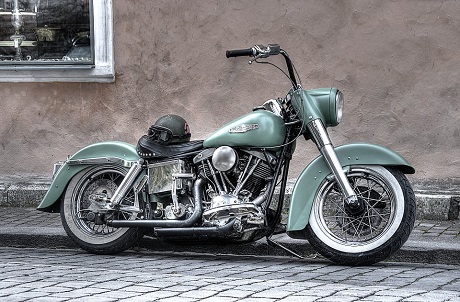
Both engines were available for several years. The original 74ci displacement Shovelhead was offered for the last time in 1980, in the FLH 1200 Police model and the FXS 1200 Low Rider.
======================
Cylinder Heads
A cylinder head change was seen in mid-1978. Early Shovelhead motors had a small-lip O-ring to seal the intake manifold to the cylinder head. Starting in mid-1978, the O-ring was replaced with a flat band with no lip.
======================
FLT Tour Glide
The big news for 1980 was the new FLT Tour Glide, featuring a redesigned frame and rubber-mounted engine, and swing-arm bolting directly to the (also new) five-speed transmission.
Powered by the 80ci motor, a new belt-final drive gave quieter operation with no adjustment or lubrication needed. Other upgrades included a factory spin-on oil filter.
======================
Last-Year Shovelhead
In it's first model-year (1966), there were four model designations (FLB, FLFB, FLHB, FLHB). By production's end in mid-1983, there were 10 touring models and six FX models.
FL Touring Models (1983)
- FLH Electra Glide
- FLHS Electra Glide
- FLHT Classic Electra Glide
- FLHTC Tour Classic
- FLT Tour Glide
- FLTC Tour Glide Classic
- FLT Classic Tour Glide
- FLT Classic with sidecar
- FLHP Police
- FLHTP Chain-Drive Police
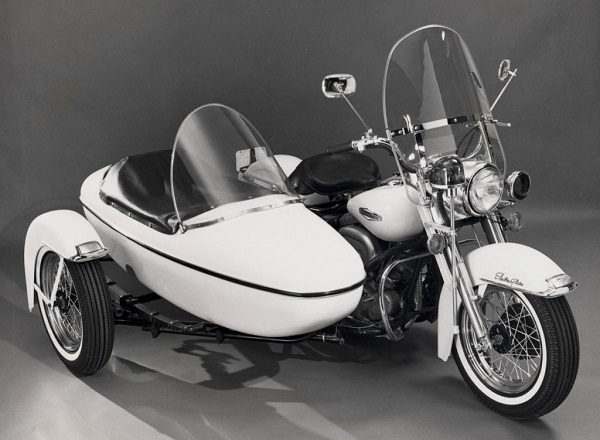
From 1980 to 1984, the only available Shovelhead engine was the 80 cubic-inch version.
The new 80ci Evolution engine began in 1984.
======================
Shovelhead VIN Numbers
From 1966 to 1969, the only VIN number on Big-Twins is located on left engine case. There were no frame numbers until the 1970 model year. The first two numbers are the year, and the letters in the middle (up to four) are the model code, example, FL or FH. The last numbers are the production number.
_________________________________________________
_________________________________________________
Until 1969, engine VIN numbers usually started at 1000 each new year. Harley-Davidson didn't necessarily assemble machines in exact numerical (serial number) order. Sometimes engines were held back due to one reason or another, so it's possible that an engine with a numerically lower VIN number may have reached the final assembly line after engines which had a numerically higher VIN number.
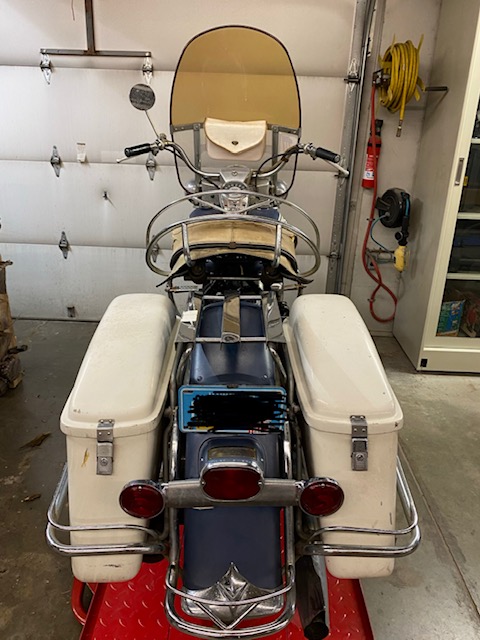
From 1970 to 1980, matching VIN numbers appear on both frame and engine. These numbers will match exactly if the bike is all original. For collectors and investors, it is important that Vehicle Identification Numbers (VIN) on the bike match.
In an attempt to curtail theft, the Motor Company used different frame and engine numbers on some 1979 models. The frame numbers didn't match the number stamped on the engines. The first two digits remained the model code. From 1981 to 1983, a 17-digit VIN appears on the frame, and the engine had a partial VIN.
======================
New Shovelhead Production
Years after the Big-Twin Evo engine replaced the Shovelhead in 1984, demand remained high.
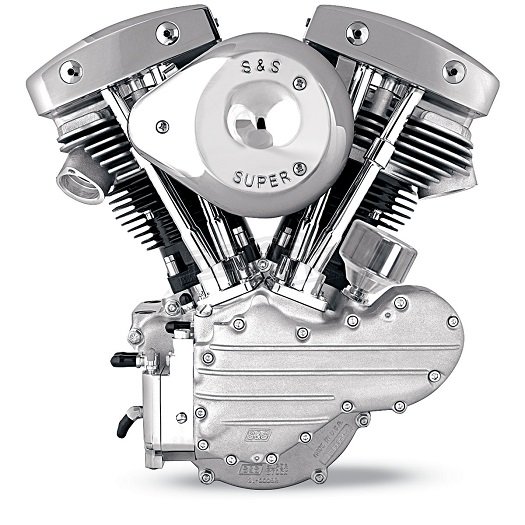
Currently, several aftermarket engine manufacturers, including S&S, produce Shovelhead replacement engines. They feature upgrades to the original design, which improve both performance and reliability.
======================
Restoring A Harley Shovelhead
The majority of old Shovels have been modded and customized through the decades. Many owners built and rode choppers through the seventies and eighties, often cutting and raking necks and removing/throwing away factory parts. Because of this, original examples are very hard to find.
Harley Shovelhead Value
With few exceptions, a correctly restored Shovelhead is worth more than a customized one. If you find one or have one that's in original shape or not that far off, the best thing to do is leave it alone or restore it correctly.
======================
DIY Harley Engine Stand
This is an engine stand I welded up that makes working on motors a whole lot easier. It will accept any Harley Big-Twin from 1936 to 1999 (Knucklehead, Panhead, Shovelhead, and aftermarket engines). Sportster engines are different and won't fit.
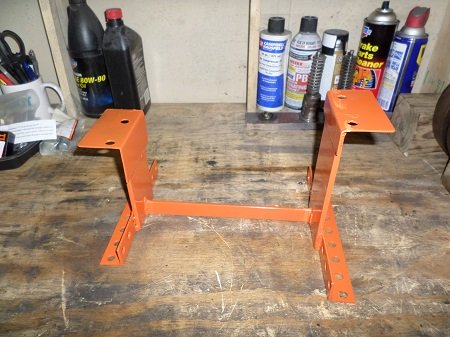
Read: DIY Harley Engine Stand
======================
Related Articles:
Best Carb For Shovelhead
Harley Forks Identification
Convert Harley To Points Ignition
Remove Harley Sprocket Shaft Bearing
Harley Crankcase Lapping Tool and Usage
AGM Motorcycle Battery Review
======================